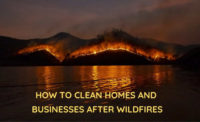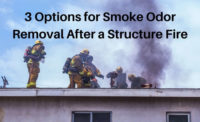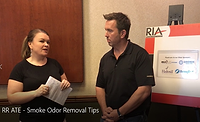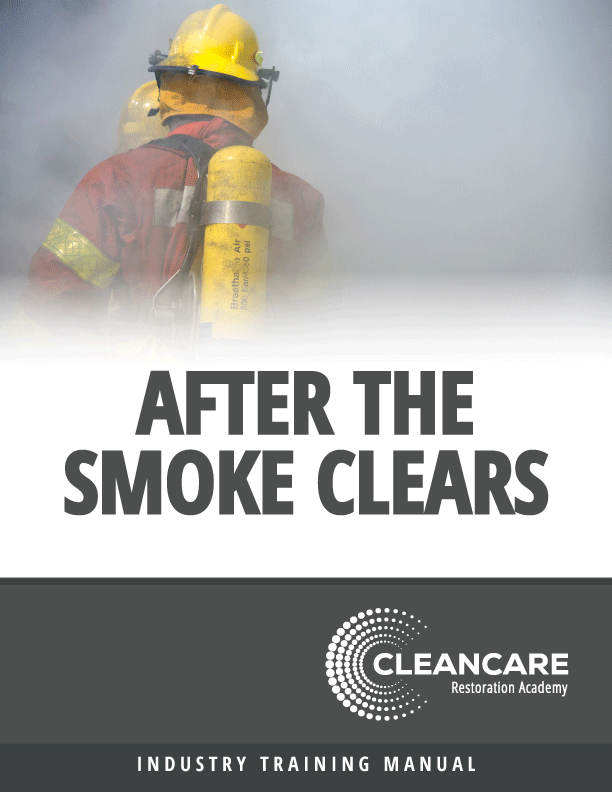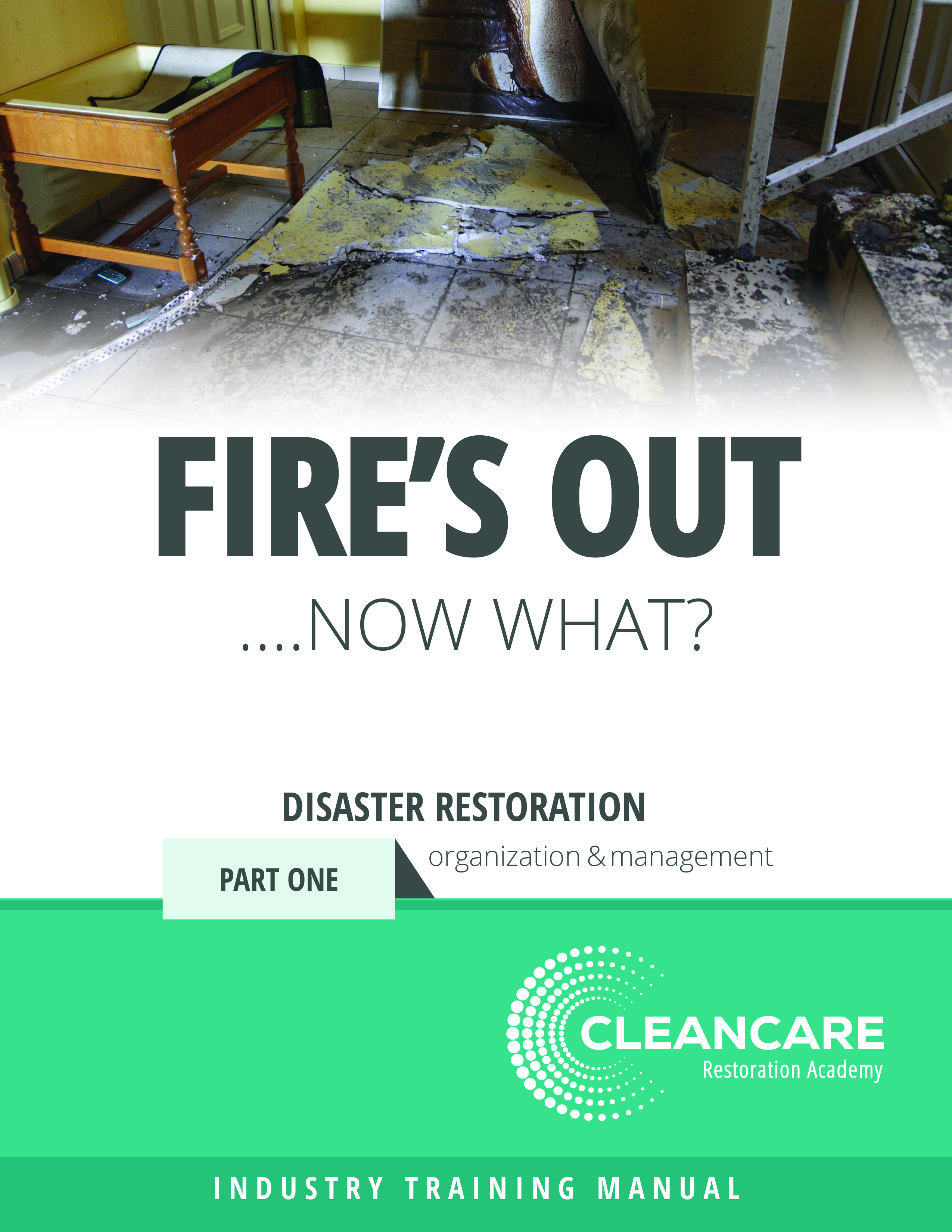5 Types of Smoke Damage and How to Treat Them

As a contractor, you may be called into a situation where smoke damage has affected a residential or commercial property. Regardless of how the smoke got into the structure, either through fire or cigarettes, ongoing smoke can cause many problems even after the root problem is solved.
Let’s discuss the five different types of smoke, what causes them, and what the best treatment is for all - including the role that hydroxyl generators can play in your restoration plan.
Tenant Smoking Residue
The most common type of smoke damage is the type caused by residents that smoke. In a multifamily building, contractors and landlords deal with odors caused by cigarettes or marijuana on a regular basis. From unpleasant odors to significant surface damage, tenants who are smokers can cause a lot of damage. Remediating this type of smoke damage typically requires intense cleaning. This process can be helped by running one hydroxyl generator per 1,000 to 1,500 square feet, along with an air mover to keep circulation moving through the space.
The number of generators is also dependent on the number of items in the space as the hydroxyls need to penetrate all permeable surfaces in order to be effective. The more items, the longer the treatment and the more generators that will be needed.
Protein Smoke Damage
Second to tenant smoke, kitchen fires are another common issue that will produce protein smoke damage. This occurs from food burning and smoke clinging to painted surfaces or wood, which can cause permanent discoloration to any surface it clings to.
Wet Smoke Damage
Wet smoke occurs during a slow-burning fire with a low temperature. It’s typically the hardest form of smoke damage to clean as it tends to be sticky and thick, latching on to all surfaces and objects. There is a strong odor associated with wet smoke as well, making clean up a longer and a more involved process.
Dry Smoke Damage
Opposite of wet smoke damage, dry smoke damage occurs in a high-temperature fire. This damage produces an extremely fine, powder form, making it easier to clean than most smoke types. While a solid form of smoke damage may seem easy to clean, if it lands on any porous surface, it may trap itself within holes in the object, making clean-up difficult.
Petroleum Smoke Damage
Lastly, there’s petroleum smoke damage. When an oil based substance is burned, petroleum smoke damage occurs. This is a darker smoke that lingers on every type of material that it comes in contact with, often staining the surface. It can be cleaned with a solvent designed to cut through grease.
Using Hydroxyl Generators to Remove Odors
Using a hydroxyl generator to assist in your fire restoration jobs is as simple as plugging in the generator, attaching an air mover if necessary, and stepping back to let the machine do its job. The generator will get to work immediately, releasing hydroxyl radicals into the air that break apart the odor-causing molecules and eliminate them completely.
Hydroxyl generators work alone when dealing with smoke odor removal for any type of smoke damage. Unlike ozone or other generators, you never have to use additional chemicals to assist with your cleaning process. This means that a hydroxyl generator is safe to use with a restoration crew in the same room you’re working in. It also allows the machine to get into incredibly small spaces easily to penetrate and clean porous materials.
We typically recommend one hydroxyl generator for every 1,000 to 1,500 square feet, but this can change depending on a few factors like:
- Room layout
- Amount of items in the room
- Ceiling height
- Odor severity
No matter what type of smoke damage you are dealing with, adding hydroxyl generators to your restoration process will ensure a complete, high quality result.
Looking for a reprint of this article?
From high-res PDFs to custom plaques, order your copy today!



